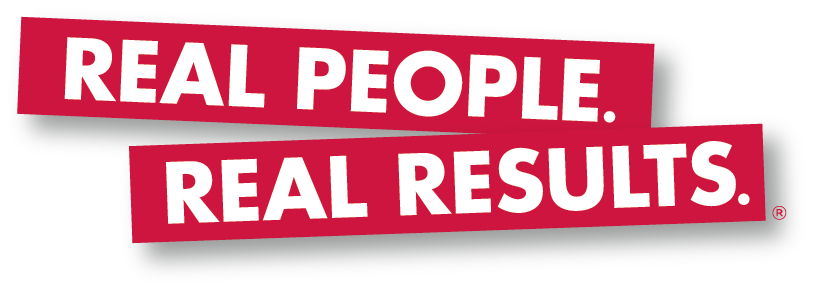If you have read about the Customer Ladder of Loyalty, you know the ladder starts with Suspects and peaks at Raving Fans – one of your business’ most valuable assets. Imagine what your business would be like if you had 500 Raving Fans on the street?
Better than salespeople in one respect, they have greater credibility. So, what’s the process of creating a Raving Fan strategy? Well, it involves developing the ideal buying experience for your customers.
Step 1: Draft a list of possible touchpoints that your business has with your target market, starting with advertising and any other method that you might use to reach out to your Suspects.
Step 2: Detail expectations for each touchpoint in the process (i.e. how would the customer like the process to work in an ideal world). What matters to your customers most is how you make them feel. In this step, it is critical to identify factors that you think are most important to the customer. You should also include a few positive surprises, CNEs, (Critical Non-Essentials). CNEs are little touches that will result in your customer’s experience significantly exceeding their expectations. Obtain input for this section from your own experience as well as customer research and feedback information to which you might have access. A well-designed survey will also provide valuable insight.
Step 3: Describe your recommendation for the ideal process that can actually be executed by your company. While this recommendation has to be realistic, it should address the customer expectations in a way that will differentiate you from your competitors. It is possible that you cannot meet every customer expectation down to the smallest detail, due to organizational constraints or some other very good reason. But keep in mind that if you cannot operate at a level that exceeds their expectations, there is no competitive advantage to be gained. Your recommendation should be aimed at the best that your company can accomplish, not average or good enough.
Step 4: Detail how the new process will be implemented. This section should include a description of the changes required, new standards to be implemented, who will do the implementation, how they will be paid (if there are financial implications for the change), and how the changes and the reasons for the changes will be clearly communicated to all involved employees. You will also need to ensure that the expectations of your customers are clearly communicated to each employee.
Step 5: Provide the measures and goals associated with each new customer experience initiative. For example, a new measure might be the percentage of deliveries completed as promised to the customer, with a goal of a 95% compliance – i.e. 95% of deliveries are completed as promised to the customer. This section will also indicate who will be responsible for the development of the measurement process and tools (e.g. development of an Excel template to be used by all stores or departments), who will be responsible for the weekly tracking/data entry, etc. This section should also include a sample template for the measurement process.
Step 6: Create an implementation timeline that illustrates when the process will be developed, when it will be implemented on a test basis, when will it be reviewed and fine-tuned, etc. Be sure to include human and other resources that will be required in your timeline planning.
Step 7: Describe how you will measure customer reaction to the new customer experience enhancements. There are numerous ways to accomplish this, from surveys and refer-a-friend rewards programs to simple POS (Point of Sale) questions.
Step 8: Create a plan to ensure that the changes and new processes will be sustained. These new enhancements should become an integral part of how each store or department functions. Remember, what you don’t measure will eventually fade away.
In summary, never underestimate the effort required to create effective organizational change. Not all employees will embrace the change in the beginning. In fact, some will openly resist it.
Clear communication of what is being done, why it is being done, and your expectations for each employee, along with a healthy dose of persistence will lead to success. In most organizational change efforts, setting aggressive, but realistic expectations of all employees are your greatest source of leverage. Employees will rise to your expectations if they understand why the change is important and what you want them to do. Involve employees in the development of new processes.
Many times, they will have a different perspective than the owner or your coach. We can benefit from that additional perspective.
Now it’s time to enjoy the benefits of an ever-increasing Raving Fan base, as long as you are in a continuous improvement mode regarding your customer’s experience. We all know that there is no standing still in business. We are either getting better or going backward. It’s up to you!






